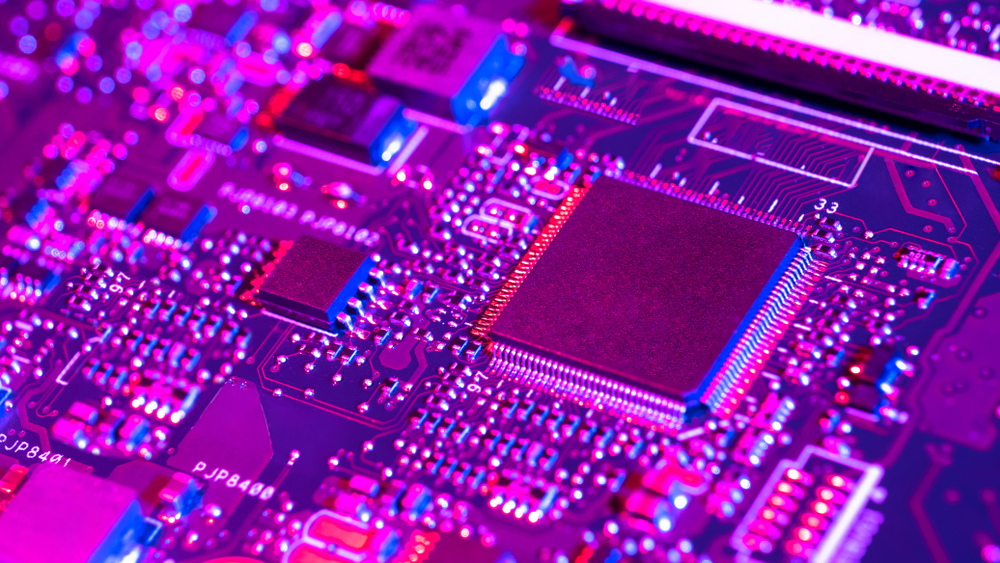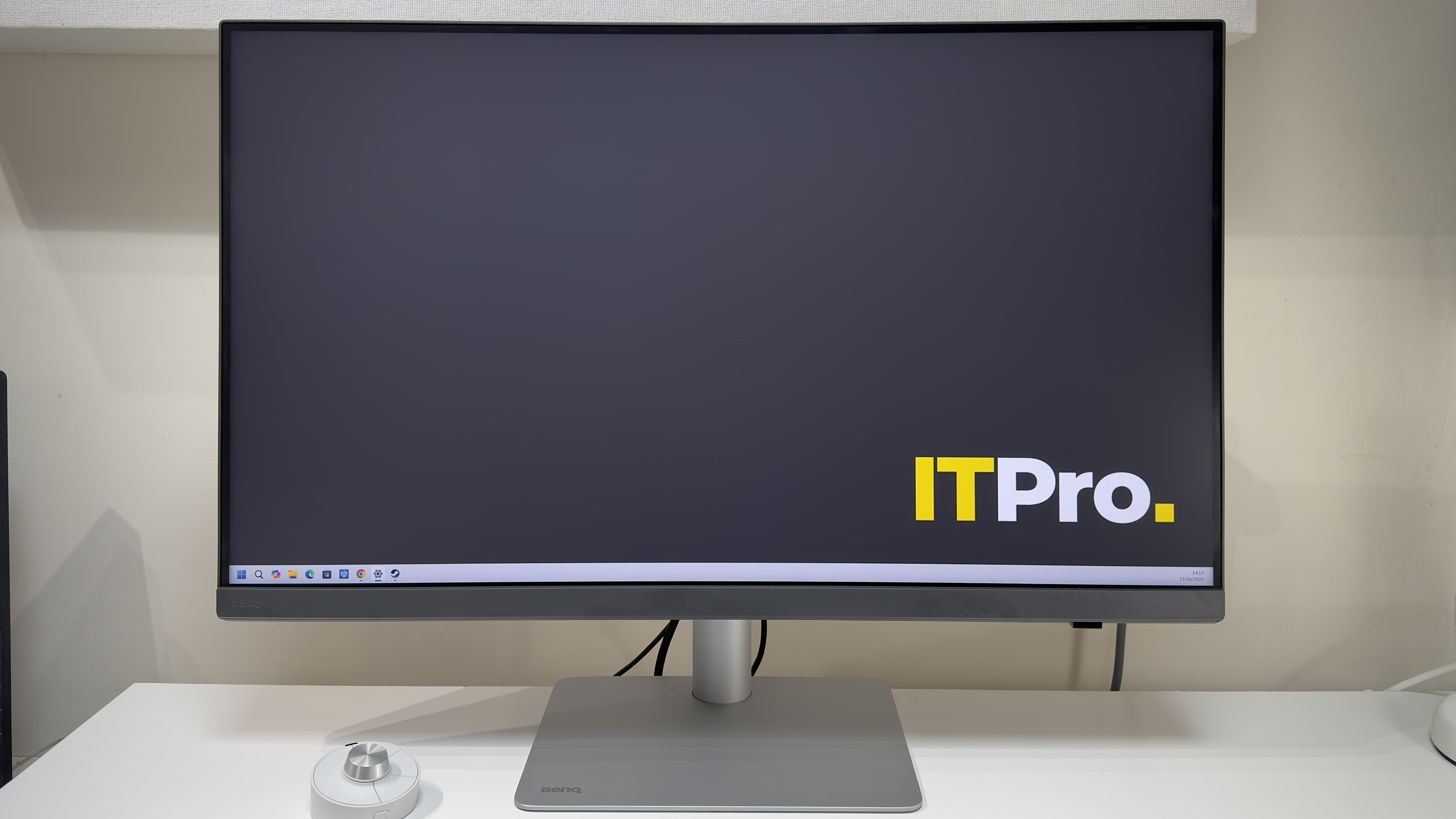ARM-based servers: a guide
What we know about ARM’s foray into the datacentre and its important features


ARM chips have been the mainstay of mobile devices for many years now but ARM with its ARMv8 processor technology promises much for the datacentre. Announced back in October 2011, several different vendors have produced chips with the aim of taking on Intel in the datacentre.
For the channel, there is hope that ARM-based servers nudge customers into buying more hardware for their datacentres and infrastructure to offset the slump in x86 sales and declining profit margins.
ARMv8 Latest news
15/06/2016
ARM vendors set for growth in 2017
ARM vendors will begin to gain market traction with their newest generation of designs in 2017, according to IDC.
According to an IDC report, Worldwide x86 and ARM Server-class Microprocessor 2016–2020 Forecast, combined x86 and ARM server-class microprocessor revenues will log a compound annual growth rate (CAGR) of 2.2 percent from 2015-2020, reaching $15.3bn in 2020.
Another driver of growth is the use of server microprocessors in system categories outside of servers, such as storage systems and networking systems.
The report says ARM processor vendors, such as Applied Micro and Cavium, have garnered notable design wins and partnerships from communications service providers (CSPs) and systems vendors representing a wide spectrum of end customers and workloads.
ChannelPro Newsletter
Stay up to date with the latest Channel industry news and analysis with our twice-weekly newsletter
In late 2016 and through 2017, several processor vendors will release new products with the potential to compete with Intel's mainstream product line, the Xeon E5-26xx series, according to analysts. These products include AMD's x86-based Zen, Qualcomm’s ARM-based Hydra, Applied Micro's ARM-based X-Gene 3, Cavium’s ARM-based ThunderX 2, and possibly Broadcom's ARM-based Vulcan.
30/05/2016
Cavium previews ARMv8-based ThunderX2
Cavium has revealed details of its ARMv8-based ThunderX2 chip at Computex.
The processor uses 14nm architecture in comparison its predecessor’s 28nm and supports up to 54 cores per socket, which Cavium believes will triple performance from its first-gen chip.
Each core can run at 2.4 and 2.8GHz in normal mode and 3GHz in turbo mode. There is also 40K I-cache and a highly associative 64K D-cache.
There are single- and dual socket configurations with each socket connecting to six DDR4 memory controllers and 12 DIMMs.
ARMv8: Overview
ARMv8 was introduced in 2011 and was the first architecture to sport a 64-bit instruction set, putting it on the map for datacentre workloads. The focus is on power efficiency which is far lower than equivalent Inter offerings.
The architecture also has 32-bit compatibility, meaning that applications built for 32-bit should have no trouble running on a 64-bit processor.
As the chip design is licensed, hardware manufacturers can add extra functionality to the core processor to optimise functions such as networking, etc.
The kind of workloads that could run on ARM are typically those that only require low-power, low-heat, low-cooling servers.
It would seem that ARM-based processors have had a five-year gestation with chips from the likes of AMD, AppliedMicro and Cavium only now going into production.
However, at present, if you want an ARM server, choices are still somewhat limited. There are about six or server models available as of November last year, with the majority of them from Taiwanese manufacturers. HP is currently the only major vendor selling ARM systems, while Gigabyte has an ARM server available that is based on Cavium's 48-core ThunderX SOC.
ARMv8: Features
Power consumption
In terms of energy efficiency, the ARMv8 64-bit processor can perform certain operations more quickly than a 32-bit chip so uses less energy and can power down if necessary.
Also, as ARM is based on RISC (Reduced Instruction Set Computing), it doesn’t need the extra transistors and logic gates to perform complex instructions. Fewer transistors, less energy usage.
ARMv8-based processors such as Cavium’s ThunderX2 is built using the 14nm FinFET process, which should bring about greater energy efficiency leading to a significant reduction of power consumption and heat output.
Performance and cores
Performance is somewhat related to power consumption in as far as it’s all about getting the most performance for as little energy usage as possible. If you need computing oomph and don’t care too much about the power you are using, then ARM isn’t probably going to be part of your datacentre strategy.
That said, ARM is best for energy-efficient tasks that can be spread over many cores and be highly paralllelised. Examples of this are processing big data through distributed programs such as Hadoop.
An example of this is the AppliedMicro XGene 3 processor that will have 32 processor cores, running at up to 3GHz, with eight DDR4 memory channels and 42 lanes of PCI Express Gen 3. It will be manufactured using 16nm 3D FinFet transistors. For a typical workload the chip should manage just over 200,000 IOPS (input/output operations per second).
ARMv8: Summary
ARM-based processors could well be the answer for datacentres looking to cut down on energy usage while increasing capacity for those everyday computing tasks.
The technology is compelling not only for energy efficiency but also that the processors can be optimised for different workloads, allowing organisations to deploy infrastructure in a more flexible and highly tuned manner.
Rene Millman is a freelance writer and broadcaster who covers cybersecurity, AI, IoT, and the cloud. He also works as a contributing analyst at GigaOm and has previously worked as an analyst for Gartner covering the infrastructure market. He has made numerous television appearances to give his views and expertise on technology trends and companies that affect and shape our lives. You can follow Rene Millman on Twitter.
-
 Why are many men in tech blind to the gender divide?
Why are many men in tech blind to the gender divide?In-depth From bias to better recognition, male allies in tech must challenge the status quo to advance gender equality
By Keri Allan
-
 BenQ PD3226G monitor review
BenQ PD3226G monitor reviewReviews This 32-inch monitor aims to provide the best of all possible worlds – 4K resolution, 144Hz refresh rate and pro-class color accuracy – and it mostly succeeds
By Sasha Muller